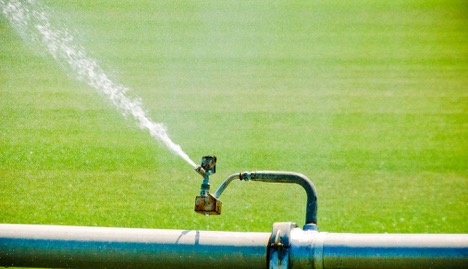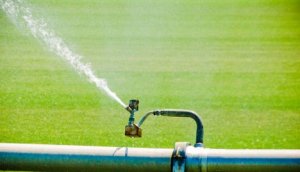Plant watering is a key aspect of effective garden management. This is true even in areas where rainfall is predictable even over the year. Plants draw water from the soil and through an intricate internal plumbing system, deliver it to the rest of the plant.
The importance of plant watering
A major factor in the internal distribution of water is the negative pressure by transpiration. Because, apart from succulents, plants are unable to store water; hence they need a constant supply to maintain normal functions and growth. Each species of trees, shrubs or other garden plants has particular water needs.
Moreover, these water needs are dynamic in the sense that, for example, a deciduous tree coming into leaf needs more water in that period than when it is in full leaf. Temperature is another variable; there is a direct correlation between water needs and the combination of relative humidity and air temperature. Hot, dry conditions bring about the highest transpiration rates in plants. Watering regimes need to take such factors into account.
Basics to keep in mind when plant watering
Three important factors pertain to plant watering. First, overwatering/ underwatering. Second, waterlogging the root system of a plant cuts off oxygen to the roots and can negatively impact normal plant functions. As well as lead to fungal growth and wood rot. Too little water has negative effects as well, putting the plant into a drought stress mode.
So whether watering is by hand or sprinkler or other system, monitoring the process is important; in order to assure that the root zone is wet but careful to not over saturate it. In order to check this, you can simply stick your finger into the soil to gauge moisture conditions.
Water quality
A second factor is water quality. Irrigation water containing high levels of salt can cause salt stress. By burning, in the plant because the intake of salts is more than the plant can handle. In addition, use of highly saline or alkaline water results in salt accumulation in the soil; which can lock up nutrients and make them unavailable to the plants. Water with low to moderate salinity levels is best.
Gardeners with a saline water supply may wish to create a rainwater capture system as a source of sweet water; to neutralize overly salty water use.
Schedule
The third factor relates to the schedule of supplementary watering. For the benefit of the plants and to make water use most efficient, the general recommendation is to water a garden in the early morning. The soil effectively takes up the moisture and prepares the plant for the warmer temperatures of the day. Alternatively, watering can be during the late afternoon or early evening, but it must be so that the plant leaves have time to dry off before the night hours. Wet plant surfaces under evening conditions of high humidity can encourage mildew or mold growth.
If a garden is given supplementary watering through a drip or sprinkler system, or if hand-watering is used, it is an easy matter to periodically add liquid fertilizer to the water and accomplish two tasks at once. The term “fertigation” is used to describe this practice.
Contact us at TreeWorld Wholesale for more information!
Also, read our article about the tree pruning mistakes!





Post a comment